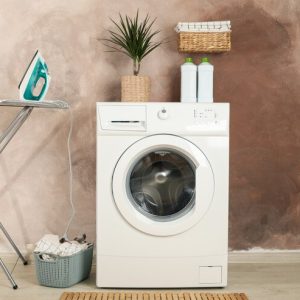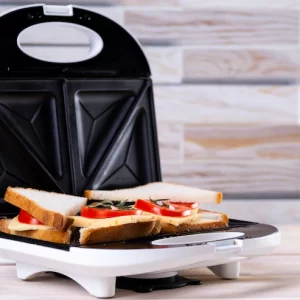What is Feng Shui?
Feng Shui is a metaphysical practice that uses the systems and ideals of Taoism and cosmological schools in ancient China. It is a philosophy and a way of understanding our place in the natural world as well as our connection to the cosmos. Feng shui is not design or decoration, but the principles and ideals of feng shui can inspire how to decorate a space. The basic principle of feng shui is connection with the natural world. The term feng shui comes from a poem and translates to “wind” and “water”. These are the two elements of nature that we need for survival. Our body needs wind (breath) and water to function. Many of us live lives disconnected from nature, and the laws of feng shui allow us to bring natural energies back into our homes.
Create harmony
In Feng Shui, we want to create harmony. From a design perspective, proper use of design elements and principles leads to harmony. By designing your home using the feng shui principles of yin and yang, the five elements, and the flow of chi, you can create a harmonious, supportive, and nurturing space.
Natural light (yin and yang)
One way to approach design using feng shui principles is to consider the natural light in your home with the concept of yin and yang. Intentional use of natural light can increase our personal energy. It’s important to respect your circadian rhythm and let natural light filter in, which encourages your body to wake up and go to sleep at the right times.
Bright light is Yang energy, which is a stimulus and makes us move. Low light, dimness, and darkness are yin energy, which is calm and peaceful. You need a balance of both. Invest in good windows that can moderate natural light. Make sure they can be opened fully when lots of natural light is needed, and ideally have a suitable curtain to keep the room dark at night and conducive to rest and sleep.
Enter nature with five elements
The five elements, also called the five phases, are different types of energy or chi that make up us and the world around us. This system is inspired by the cycles of nature and comes from Taoism. Each element has its own signature and characteristics. The elements can be represented through certain colors, shapes and materials, and using them in decoration is one of the ways to bring the energy of the five elements into the home.
These five elements are fire, earth, metal, water and wood. Each element is subtle and layered, but to keep it simple, here are the top line energies for each element: wood is growth, fire is clarity, earth is earth, metal is completion, and water is wisdom.
Fire element
- Energy: clarity, inspiration
- Color: Red
- Shape: Triangle
- Type: fire, lighting
Earth element
- Energy: Sustainability, Earth
- Color: yellow, khaki color
- Shape: square
- Type: stone, pottery
Metal element
- Energy: beauty, precision
- Color: white, metallic
- Shape: round
- Material: metal
water element
- Energy: depth, intuition
- Black color
- Form: no form
- Material: water, mirror
wood element
- Energy: growth, healing
- Color: green, green
- Figure: Columns
- Materials: plants, trees
Choose the element that you feel you can use the most in your home based on the type of energy associated with that element. Add it with color, shape or material by referring to the information above. For example, for more wood, you can add a plant. For more fire, you can light some candles.
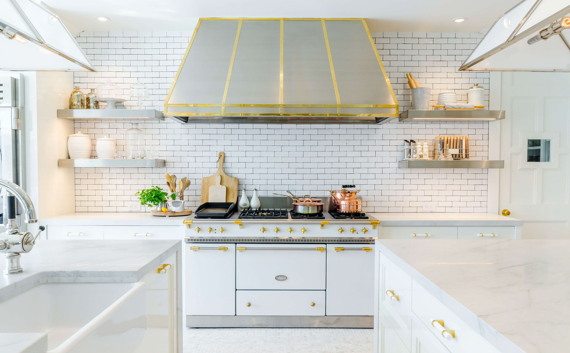
Improve the flow of Qi
Another thing we look at in feng shui is the flow of chi or energy throughout a space. We can apply this principle when designing a space by looking at layout.
What we always look at is whether the main furniture in a room is in a commanding position. This is especially true for beds, tables and gas stove is very important. If these are in order, you should be able to see the door without being directly in line with it, while lying in bed, sitting at your desk, or cooking at stove. Being in command helps you feel comfortable on a subconscious level because you are more aware of your environment and anything that may come your way.
It can mean being more aware of the opportunities in life that help you feel more prepared and in control. If your bed, table, or stove is not in a steering position, it’s best to move it to a position that allows you to see the door and the fullest part of the room. This isn’t always an option, especially with stoves, so if you can’t move the item, you can instead add a mirror that lets you see the reflection in the door.
Feng Shui Rules for Every Room in Your Home
With our fast-paced lifestyles, we long for greater comfort, positive well-being, and happiness, and look for ways to incorporate wellness into our minds, bodies, and especially our daily lives. This extends to our homes and physical environments. Fortunately, feng shui techniques and settings can support us in creating a more peaceful and nurturing life. Feng Shui is awareness of our spaces.
If you want to incorporate better flow and health into your daily life, here are feng shui guidelines for every room in your home to create a feng shui harmonious home. These must-have tips for decorating any room in your home will help promote good energy.
Feng Shui entrance of the house
The entrance to your house is called the “Mouth of Chi”. This means that the front door is the gateway for all chi or life force energy to enter your home and life. This is one of the most important areas to pay attention to for feng shui.
Entry Checklist
Make sure the input is on.
Keep the area clear of crowds.
Make sure the doorbell is working properly.
Feng Shui living room
The living room is a space where the residents of the house can gather with friends and family. It is usually a more public space. Ideally, you want to keep it open and inviting.
Living Room Checklist
Use the colors of the five elements to decorate your living room based on the energies you want to cultivate. Add greenhouse plants to invite more health, growth, and kindness. Place the sofa or chair in the steering position.
Feng Shui dining room
The dining room is where we gather to eat together. This is the time when we connect with our loved ones and it also represents friendship.
Dining Room Checklist
If the dining table is used for other purposes, be sure to clear it for meals. Use the dining table for a regular meal to attract more friendships into your life. Fresh flowers can be offered to attract energy and break any of our connections with others in life.
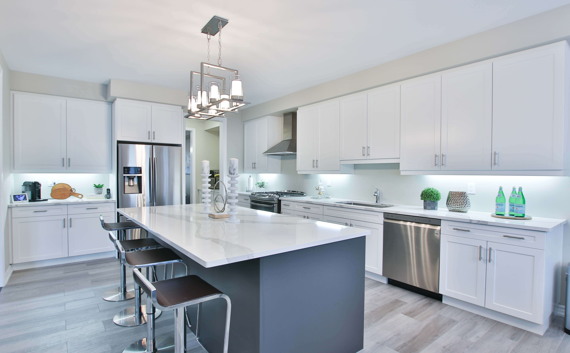
Kitchen Feng Shui
Another important feng shui room in the house is the kitchen, which represents prosperity, abundance and health. How well we eat is directly related to how we appear in the world. The stove is specifically connected to your well-being and health.
Kitchen checklist
Keep the stove clean and healthy. At least once a day from
Feng washing bedrooms
The bedroom is a great place to start with bringing feng shui into your home because it represents the person who sleeps there. Feng shui settings in the bedroom can work quickly and effectively here because you spend a large part of your life sleeping.
Bedroom Checklist
Place your bed in the steering position. If not possible, correct it. Remove any storage and clutter from under the bed. Ideally, it is completely open to air and chi circulation. Make sure you have a headboard that is securely attached to the bed.
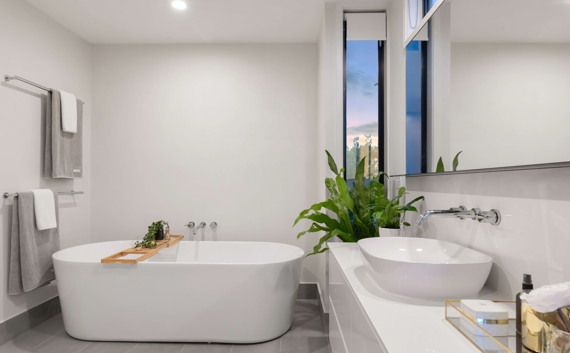
Bathroom feng shui
Bath has a lot of water element which can lead to draining of wealth. Start by keeping your bathroom sparkling clean so it can truly be a spa-like place for relaxation and recovery.
Bathroom checklist
A houseplant above the toilet can transform downward water energy into upward vital energy because plants grow and flourish with water. Keep the toilet seat closed when not in use. Keep mirrors clean so they can reflect clearly.
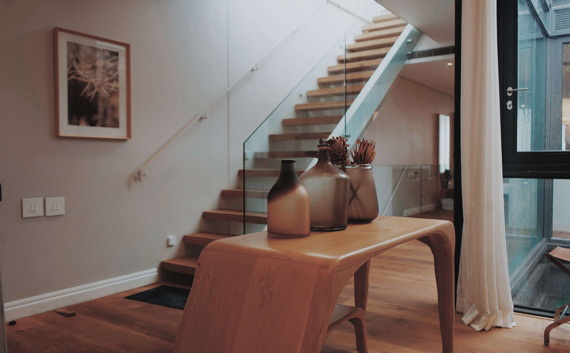
Feng Shui corridors
Corridors are like arteries through which we circulate energy in our homes. Therefore, do not forget about feng shui in the corridors.
Hallway Checklist
Keep narrow aisles clear of crowds. Avoid making them too hard to pass because it represents obstacles in our life. Pictures and artwork are great in hallways, especially long hallways. Make sure the hallways are well lit.
To see more articles click here and follow us on various social networks Instagram, Telegram, Appliances and LinkedIn.
 Lopez home appliance store | Selling Lopez household appliances is simply everything
Lopez home appliance store | Selling Lopez household appliances is simply everything 
